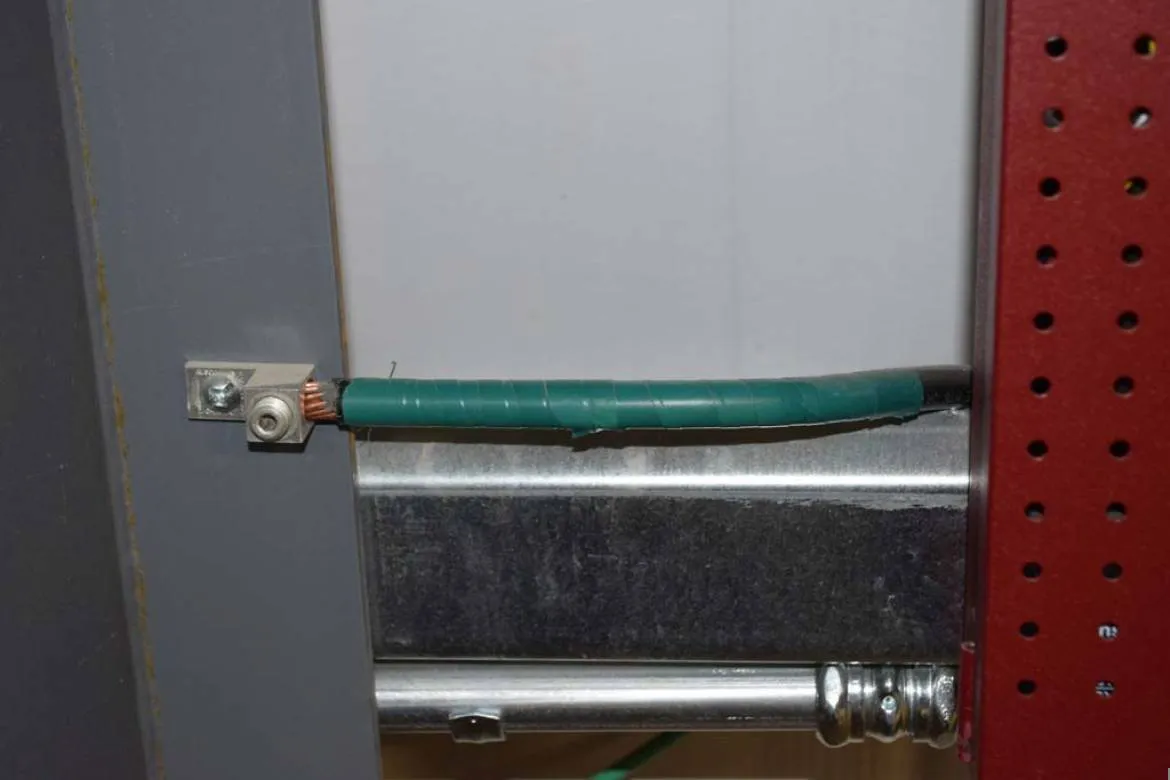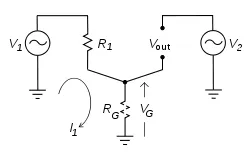Grounding Your Heater
Grounding in General
Grounding is often treated as an afterthought, but not all grounds or ground connections are the same. Too often we just assume that any ground connection will be a ‘good’ one. Grounding a device generally serves two purposes. The first is to provide a safe path for current flow in the event of a short circuit. The second is to provide a true “zero voltage” reference for the circuit.
![]()
Grounding a Heater for Safety
To protect against any kind of insulation failure within a heater, exposed metal parts are connected to ground to prevent user contact with dangerous voltages. Typically this is accomplished by a properly rated conductor connected between the metal heater housing and a facility supplied ground connection, usually in a panelboard or electrical outlet. A ‘rated’ conductor is important because if the current does flow to ground the resistance must be low enough to prevent any significant voltage drop. Ideally, the path to ground is able to handle whatever current you supply it and remain at zero voltage potential. This is how ground safety is accomplished.
Voltage = Current * Resistance -or- V = I * R
If you size the ground conductor correctly it will have effectively zero resistance (R). The result is that regardless of the current (I) the voltage (V) will be essentially zero. It follows then, that even if you have your hand on the heater case, and there is a severe internal short producing a large ground current, there will be no voltage present on the heater case to harm you.
A word of caution: Just because you have the right size conductor and a solid connection to your ground point, there could still be a poor connection to ground further down the circuit. It is necessary to test, or at least consult with the responsible party, to know that the facility ground you are using is a good quality low resistance ground when you rely on it for personal safety.
Grounding for Signal Integrity
There is a lot of confusion about ‘ground’ in this situation. To start with, remember that there is a critical difference between ‘zero voltage’ and ‘no voltage difference’, but they can both read zero on a meter. This often leads to the belief that ‘zero on a meter’, measured between any point and ground, is automatically referenced to ‘zero volts’ since one of the points was ground. But, this is not always the case because of the ground loop. In a ground loop, any ground current, even a small one leaking far away from where you are working, could set up a voltage on your ground circuit that will affect your signal integrity.
Caution: Typical ground loop voltages are fairly small and should only affect sensitive signals that are using ‘ground’ as a reference. If ground loop voltages are large then there are likely dangerous ground leaks in equipment and grounding safety could be compromised. Signal integrity is no longer the first concern.
Example:
Imagine a large three-phase motor straining under a heavy load is connected by a thick copper strap to the same building ground you’re using. Let’s say that thick metal strap has a loose bolt connecting it and the motor has a small ground leak. You’re in another room testing a heater and measuring air temperature with a thermocouple that generates a tiny millivolt signal. Your thermocouple meter is plugged into the wall using the same ground that the motor is connected to. You will measure temperature but it may not be accurate.
Here’s why:
Ground Loop Illustration
The simplified circuit above shows how a ground loop works. Two circuits share a common connection to ‘ground’. Ideally, the ground conductor should have no resistance (RG = 0), so the voltage drop across it, (VG), should be zero. However, if the ground conductor has a significant resistance, like our loose strap connection, then RG will not be zero and together with R1, they will make a voltage divider. When our motor ground leak current (I1) is flowing through RG from circuit 1, a voltage drop VG = I1 * RG will occur and the ground connection of both circuits will no longer be at the actual ground potential. This voltage across the ground conductor will be applied to Vout, in our example the electrical outlet powering our meter, as some varying voltage greater than ground reference zero. So, circuit 1, our motor, can introduce interference through the ground into the power source of circuit 2 (Vout), the electrical outlet we have our sensitive meter plugged into.
One way to fix this:
A common solution to ground loops is to use separate grounding systems for the typical components in an electrical system. The facility power grid ground is used for safety grounding of high current devices and an isolated, very low resistance ground system, is created specifically for use with sensitive signal equipment
Staying Grounded
Remember that all incoming power must return to ‘ground’ somehow, whether by a planned or an unplanned path. Either way, there are consequences to the design of electrical grounding systems. Hopefully, these two illustrations underscore the need to treat the quality of grounding at least as seriously as we do the quality of incoming power.


